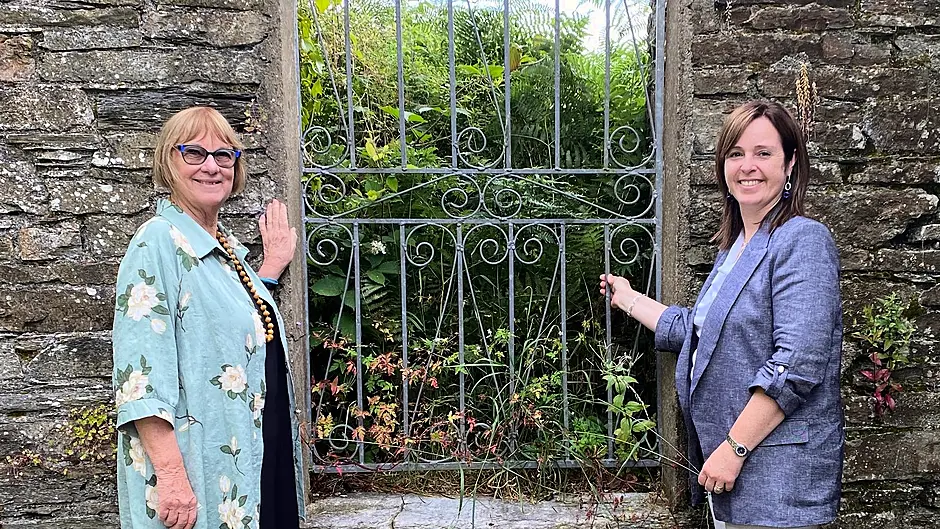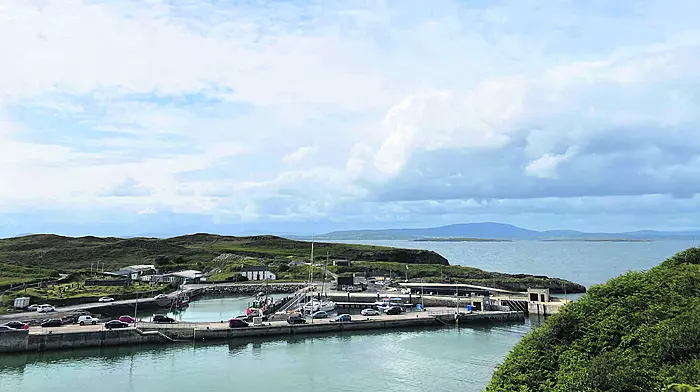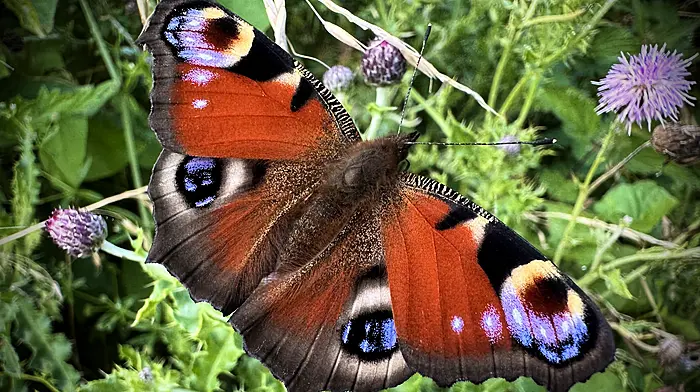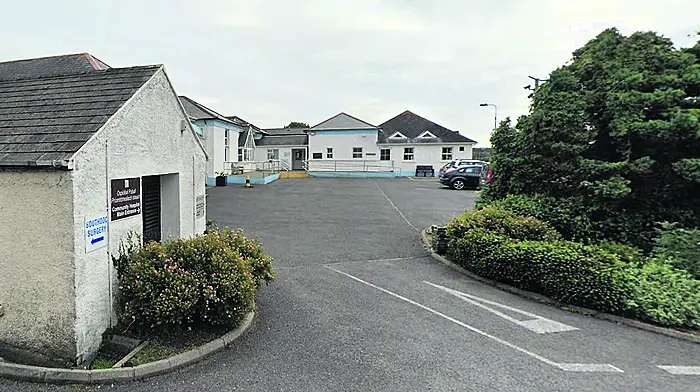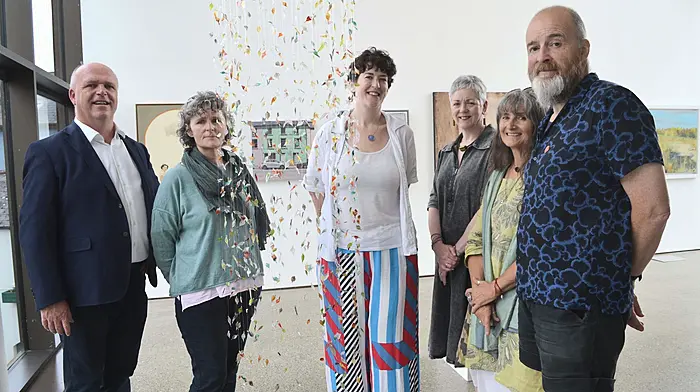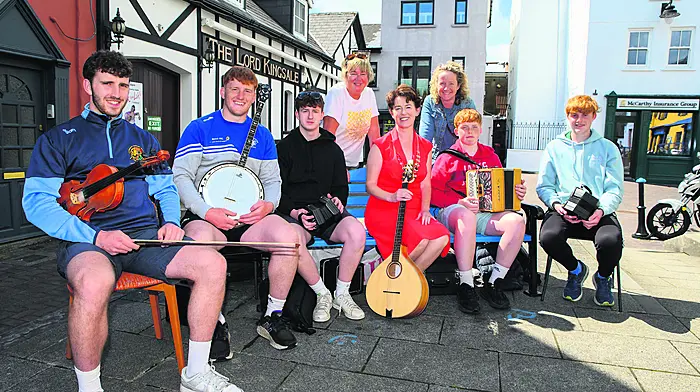KNOWN as the ‘Earl Grey Girls,’ 14 famine orphan girls from Dunmanway left the town in 1849 and 1850 for Australia, under the ‘Earl Grey Scheme’ of assisted passage down under.
Now over 175 years later, Heather Northwood, a great-great-granddaughter of one of those girls, Ellen Desmond, will visit Dunmanway this weekend to unveil both a memorial of remembrance to the orphan girls, as well as an interpretative lectern-style sign documenting the shared story between famine-ravaged Ireland and Australia in 1850.
This remarkable story of the ‘Earl Grey Girls’ who travelled to Australia aboard the Eliza Caroline is one that history and heritage consultant Michelle O’Mahony has been researching diligently.
‘These orphan girls were living in the Dunmanway Workhouse during the famine, and the workhouse decided to accept the offer of assisted passage for these girls, who were aged between 14 and 18 years of age,’ she said.
The Earl Grey Scheme was a resettlement programme designed to boost the population of Australia, while also addressing the gender imbalance there.
‘These girls had undoubtedly many family relatives buried in the burial pits in Fanlobbus graveyard.
This chapter of Irish famine history is only recently being documented more here in Ireland. While in Australia, several historical groups and social media platforms are engaged in linking up descendants of these original pioneering women with their ancestral homeland.’
She said that this is a gender-based history in some respects.
‘The Earl Grey Scheme, despite offering these girls a better life, hid the real agenda, which was a scheme to address the growth of the population of the colony and address the gender imbalance in Australia’.
The early population of Australia consisted of convicted shipped out to populate these new-world colonies. ‘The Dunmanway Orphan Girls are part of the narrative of that wide colonial history’, says Michelle.
It was only last summer that Heather Northwood, a descendant of one of those girls, visited Dunmanway to see her ancestral homeland.
She has been investigating her Dunmanway origins with the assistance of Michelle and the Dunmanway Historical Association.
‘Heather is also active in the Earl Grey Famine Orphan Group in Melbourne, and told me that many of the descendants of the group have identified their ancestors as being from Dunmanway.
Her grandmother told her of the harrowing stories of the arrival of the girls in Melbourne and the difficulties they faced in their early years.’
Michelle is keen to stress that these girls document a gender history and narrative of how they were treated, and their stories are important components of Irish Famine studies.
‘Heather has pledged financial support for a memorial which will be a standalone piece in the garden of Dunmanway Community Hospital.’
The interpretative sign, which is being funded by Cork County Council,will commemorate in text and image the event and the history of these famine orphan girls, and will be a backdrop to the shared histories of Australia and Dunmanway.
The 175th anniversary commemoration, which was hosted by the Friends of Dunmanway Hospital fundraising group, took place in the gardens of Dunmanway Community Hospital and St Patrick’s Church on Saturday May 23rd and Sunday May 24th.
A representative from the Australian Embassy in Dublin was also be in attendance.

